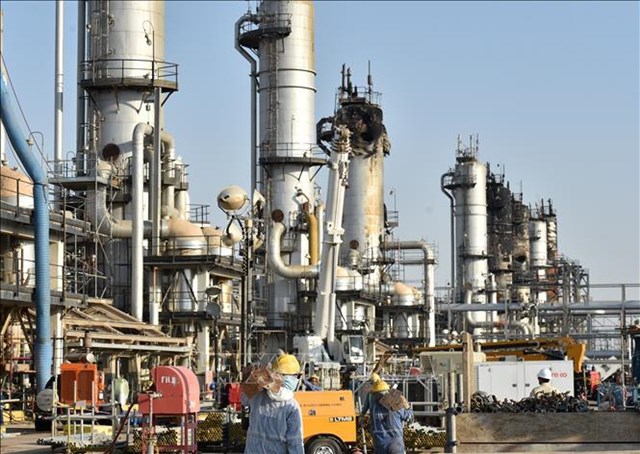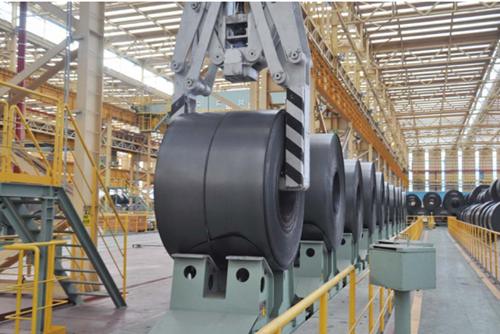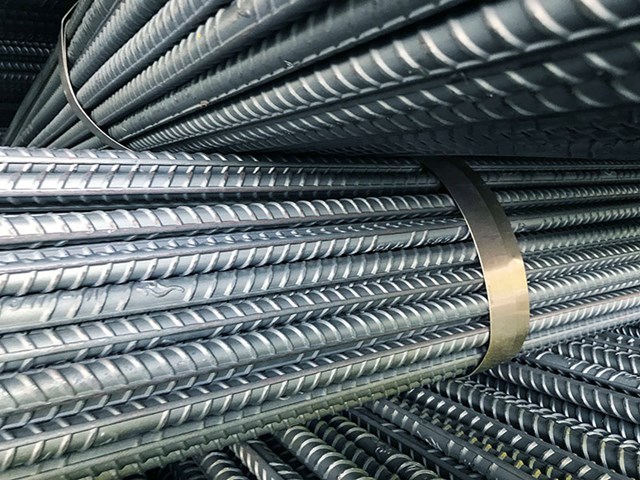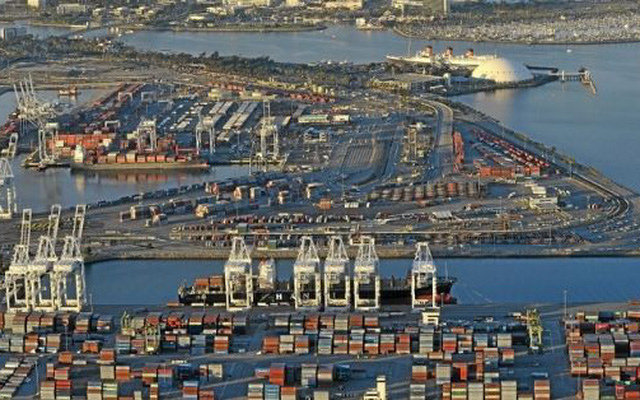Shipping ports around the world always face delays due to waves, fog or storms. However, the Covid-19 pandemic has caused the biggest disruption since container shipping began growing 65 years ago. Meanwhile, experts predict supply chain disruptions to last until mid-2022.
Ships are stuck not only because the port is closed
According to data from logistics firm Kuehne + Nagel, there are currently 353 ships stranded outside ports around the world, more than double the number at the beginning of the year. Meanwhile, the US ports of Los Angeles and Long Beach – currently have 22 ships waiting to dock, it will take 12 days for ships to anchor and unload containers for distribution.
This disruption has caused stock shortages and delivery delays, driving up product prices, and discouraging consumers just as the shopping season is about to explode. Restrictive orders to prevent the Covid-19 epidemic and factory closures have caused great disruption to the traditional supply chain. As a result, freight rates on the main routes between China, the US and Europe have skyrocketed.
But, even before the pandemic, shipping ports needed to upgrade their infrastructure by automating products, zero-carbon logistics and building facilities to welcome the next generation. larger ships.
According to Soren Toft – CEO of the world’s second largest container shipping company MSC, shipping ports have now become old, with limitations on the capacity and process of receiving increasingly large ships.
Shipping lines such as Denmark’s Moller-Maersk, the world’s largest container operator and carrier MSC Switzerland and Italy, Germany’s Hapag-Lloyd, and France’s CMA CGM are struggling to deliver goods on time. time. Meanwhile, their ships are stuck at sea.
Disruptions have been exacerbated as the new ships get larger and larger, as owners want to take advantage of the size to reduce shipping costs. The world’s largest ships can carry up to 20,000 20-foot containers at a time. If these boxes were lined up, their length would be greater than the distance between Paris and Amsterdam.
Such ships also require ports to upgrade their infrastructure, such as building deeper berths and larger cranes. However, this takes a lot of time to do. A new crane can take up to 18 months to be operational from order to installation. This makes it difficult for ports to respond to changes in demand quickly.
Turloch Mooney, deputy director of IHS Markit’s maritime and commercial division, said some ports are “small” and unable to accommodate new, larger vessels. The places of particular difficulty are emerging markets such as Bangladesh and the Philippines, which have seen congestion even before the pandemic hit.
While larger vessels may serve as cost savings for owners, it also means fewer “calls” to ports. Accordingly, their profits will decline. In addition, the pandemic has put more pressure on ports, causing costs to increase and greatly affecting profit margins, leading ports to cut spending by laying off staff and increasing automation. chemical.
When will the supply chain crisis end?
In the context of ports facing many difficulties, shipping prices also continue to skyrocket when cargo trade is about to enter the peak season. Some experts say that this situation may last until mid-2022.
“This is not going to go away tomorrow or next quarter,” said Eytan Buchman, CMO of freight platform Freightos. next year.”
This week, the CEO of German manufacturer Lanxess said that shipping delays won’t improve this year, with the pressures easing until next summer.
One of the problems the industry is facing is the imbalance of empty containers. According to Buchman, the problem is not the lack of containers, but that the containers are not in the right places.
The imbalance is largely due to a spike in demand amid the reopening of the US economy amid the pandemic. As a result, the cost of shipping containers from Asia to the US has doubled every few months. Currently, 1 carrier is earning $18,500/container from China to the US, but only $1,130/container from the US to China.
So far, China’s Ningbo – Zhoushan port has been shut down for 1 week, after recording 1 employee positive for nCoV. Chu Son is the world’s largest cargo port and the third largest container port in the world, operating 272 container shipping routes to 190 countries and territories.
Although only partially closed, this situation also prolongs the transit time of goods. The average transit time from China ports to the US has increased from 20 days in 2019 to 30 days now.
According to Bunchman, door-to-door delivery takes even longer, now up to 70 days from 47 days this time a year ago.
Reference FT; ICIS
T&G International Joint Stock Company
Address: 352 Hue Street, Le Dai Hanh Ward, Hai Ba Trung District, Hanoi
Hotline: 0345786803
Email: hrm@tginterjsc.com
Website: http://tginternationaljsc.com



















